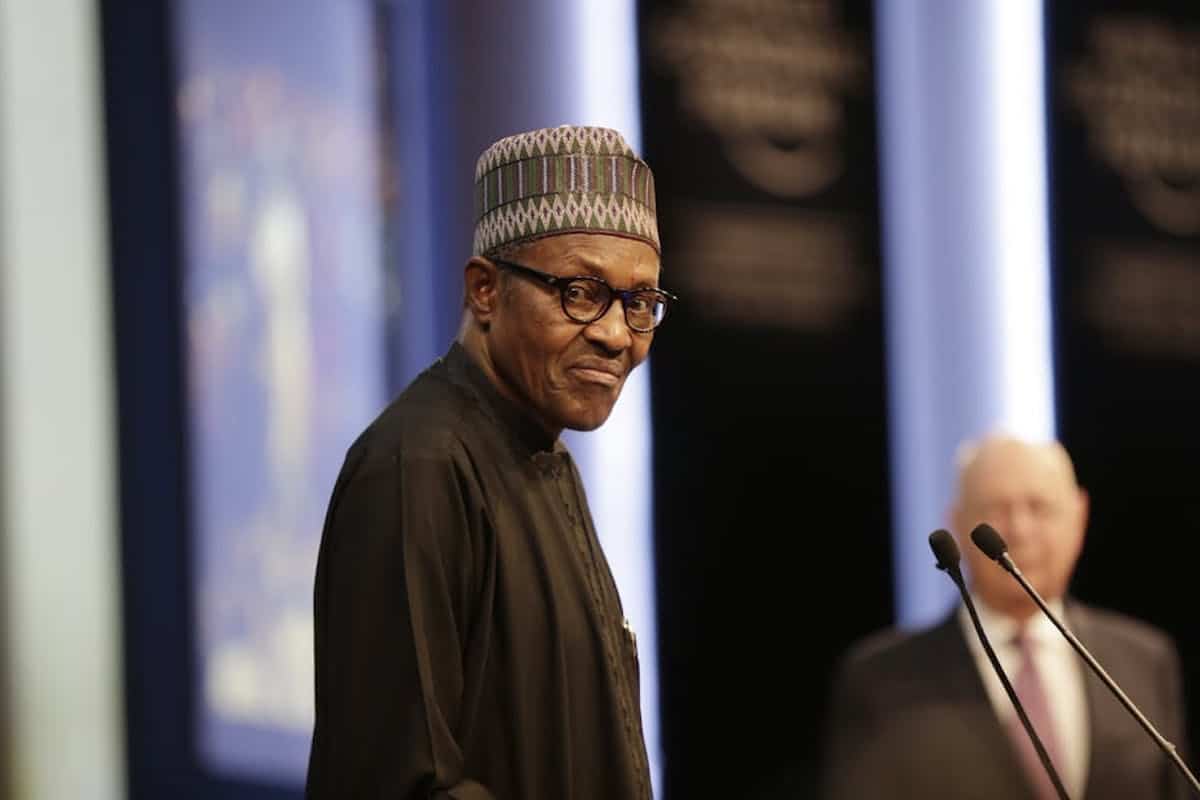[dropcap]I[/dropcap]t took President Muhammadu Buhari 54 days after his second term began to send a list of ministerial nominees to the Nigerian Senate for screening. This is a better record than his first term, which began in May 2015. Then Nigerians had to wait six months before the list of ministerial portfolios and offices was announced.
This time around the Senate took just a few days to approve the list, the vast majority of whom served in Buhari’s previous cabinet. Only 14 out of 43 were first-term cabinet members.
The big change was that Buhari elected to expand cabinet positions from 36 to 43. This is likely to mean an expansion of the ministries from the current 23 to accommodate all the appointees.
In Buhari’s first term there were 15 women. That number has more than halved to seven.
In 2015 the excuse for the lengthy delay was that the president needed time to make the selection. This was because he was seeking to appoint individuals untainted by the endemic corruption that has come to typify politics in Nigeria. Back then, Nigerians were open to giving the president a grace period. Several analysts agreed that the blatant corruption seen under Goodluck Jonathan’s administration played a major role in the goodwill towards Buhari.
But it soon became clear that Buhari’s administration would not be radically different. The first cabinet was made up of individuals who were known more for being the president’s political bedfellows than for their technocratic qualifications or achievements. That in itself is not out of the ordinary in almost any political dispensation across the globe. An easily agreeable cabinet makes for swifter and less contentious decision-making.
In Nigeria, however, it is viewed more like compensation for previous political support than selections made on merit.
Buhari’s new cabinet is just like the last. But his supporters are likely to argue that politics, especially in contemporary Nigeria, requires a heavy amount of pragmatism.
What, then, have we learned from Buhari’s appointments?
In my view, the second term cabinet make-up reflects the moribund state of political governance in Nigeria and the tone-deafness of Buhari’s government. Some of the names on the ministerial list are of politicians who have previously been charged with corruption. Others have been associated with corrupt practices while in political office .
And almost all the names on the list are politicians who have served in government in one form or another before – former governors, senators, and political office holders. This raises questions about the sincerity of the president’s pledge in 2015 to select incorruptible people as ministers.
Issues to be considered
There’s a lot that’s wrong with the cabinet.
Firstly, choosing a ministerial cabinet in Nigeria isn’t as simple as just selecting random individuals, even if they are the most qualified candidates. Nigeria has a complex political reality that has to be taken into consideration to fully appreciate the rationale that underlies the way governance looks within the country.
One factor that must be considered is Nigeria’s ethnic, linguistic and religious diversity. To ensure equal representation, the Nigerian Constitution stipulates that each of the country’s 36 states must be represented in the cabinet.
This was necessitated by the ethnic marginalisation that came about after the “forced” amalgamation of Northern and Southern Nigeria by the British, the Biafran Civil War, and several other difficult historical episodes. So, in choosing prospective ministers from each of the 36 states in the country, it could be argued that Buhari is simply following standard political precedent.
It’s also clear that Buhari has again found it prudent to reward political allies with positions. In truth, this is normal practice in most countries. One must ask, then, why the expectations were different where Buhari’s cabinet was concerned. The answer is that he has been a self-declared anti-corruption reformer since his first term. Going against the political grain by choosing merit over kinship might have alienated some of his allies. But it would have gained him goodwill among the Nigerian people.
The gender imbalance of Buhari’s cabinet also serves to advance a common refrain that his government is tone-deaf. The president was criticised during his first term for not appointing enough women ministers. Buhari made a promise to address this during his second term. But the opposite has happened.
This gives the impression of a government that is resistant to progressive ideas and change and makes no pretence about it.
What now?
For cynical observers of the current administration, the adverse effect the drawn-out wait for the ministerial list has had on Nigeria’s economy has not been worth it. If anything, it is a reminder of the snailspeed approach that the current administration has adopted in managing the nation’s affairs.
The nation’s security sector is in poor shape; abductions and terror attacks are becoming commonplace. There seems to be no end in sight to the Fulani herdsmen crisis either. The economy is still being supported by foreign loans, and there have been grim prognostications from the likes of the International Monetary Fund. There is a very real risk of recession.
Adding to that, the early criticisms of Buhari’s government for its lack of a coherent fiscal policy still have currency.
In conclusion, if there is a recurring theme to be picked up from Buhari’s cabinet, it is that things are set to remain the same for the next four years in terms of the political governance, and the administration’s poor management of the Nigerian economy.![]()
Ini Dele-Adedeji is a research associate of Politics & Development Studies, University of York. This article is republished from The Conversation under a Creative Commons license. Read the original article.
The opinions expressed in this article are solely those of the author.







